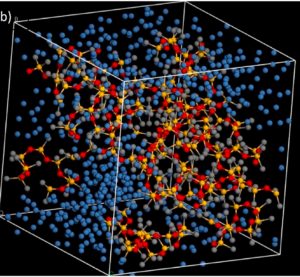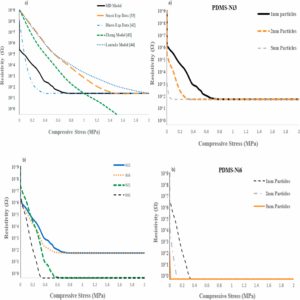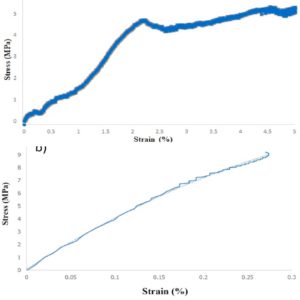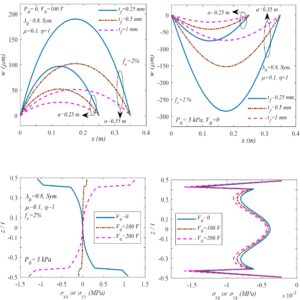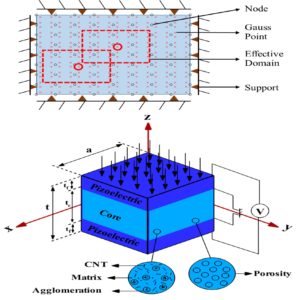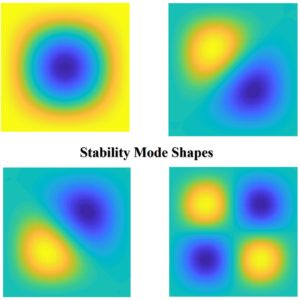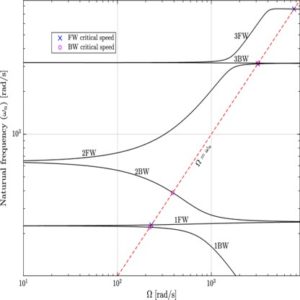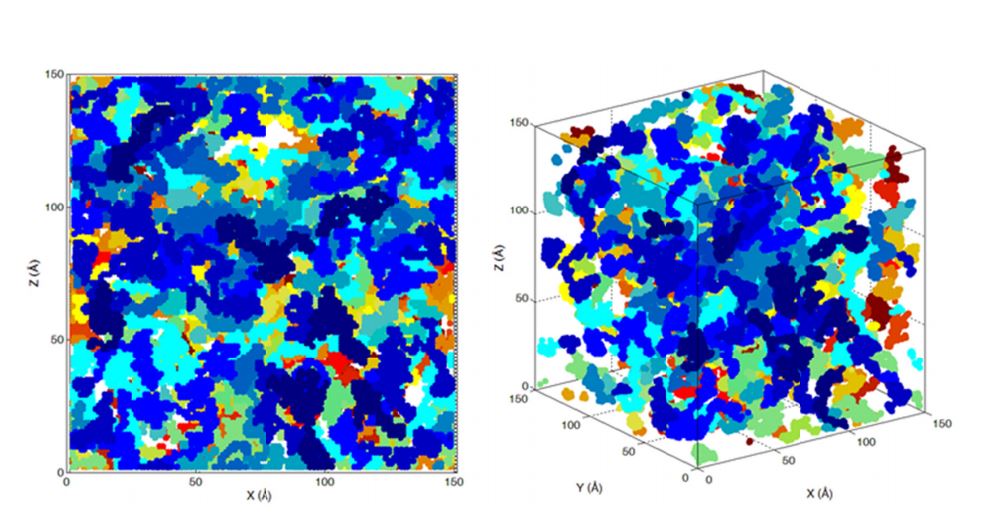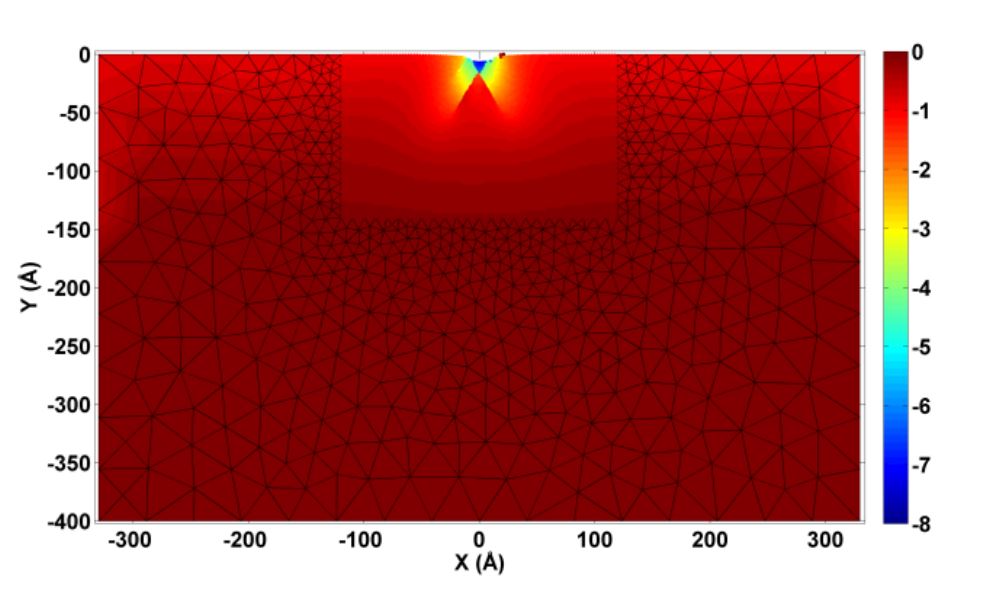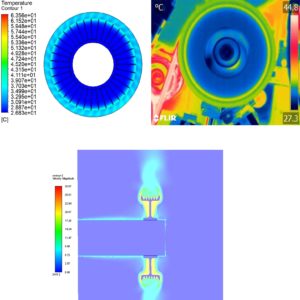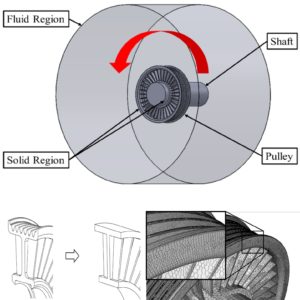Research in Computational Mechanics
Problem Statement
At ARL-MLS, current and advancing trends in numerical, analytical and experimental investigations are bridged to develop novel and innovative computational methods to overcome pressing challenges in the field of aerospace, biomedical, material sciences and electro-mechanical engineering. Highly advanced and precise nonlinear, dynamic and multiscale computational models are proposed to further explore and discover design alternatives. Moreover, cost effective surrogate methods are developed incorporating technological trends such as Machine Learning, Artificial Intelligence, Meshless and other innovative approaches to address the short comings of traditional ones. ARL-MLS strives to come up with efficient solutions for the following challenges:
- Computational cost-effective approaches to treat different types of mechanical analyses.
- Circumventing current obstacles in Finite Element Methods (FEMs) such as modeling cracks, breaking into smaller parts and large deformations.
- Enhance solution accuracy of engineering problems to deal with varying scales while managing computational costs.
- Methods for modeling complex systems while considering the effects of coupled members while minimizing computational efforts.
- Component level enhancements of high-tech machines while incorporating true parameters and eliminating redundancies.
- Integration of numerical models with simulation workflows for higher control over system definition.
- Alternatives for material characterization of composites/nanocomposites while overcoming the need of experimental tests.
Solutions
To overcome the many global challenges in the field of Computational Mechanics, ARL – MLS has been actively developing cutting edge solutions such as:
- Developing advanced FEM and meshless approach for mechanical analyses of novel structures.
- Applying mesh-free methodology and bridging methods to rectify concerns caused by conventional FEMs or analytical approaches.
- Proposing and applying cutting edge multiscale methods for characterizing crack growth, interface vicinity of two materials with different scales and porous materials.
- Providing computationally efficient and easy to apply multi-DOF methods to investigate dynamics of high-tech components with complex geometries.
- Offering highly precise analytical solutions for dynamic behaviors of high-speed machines considering nonlinearities.
- Developing reliable physics‐based scalarization methods to process 2D models instead of 3D simulations.
- Providing innovative computationally effective and fast analytical approaches to study acoustic, thermal and mechanical behaviors of critical industrial elements.
- Performing atomistic analysis to characterize unconventional nanocomposite materials.
